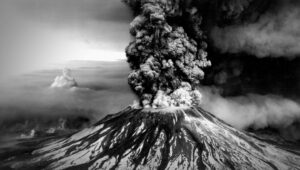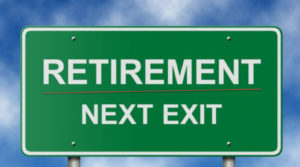Even when you grow up in the shadow of a string of volcanic peaks, you hardly ever expect to see one of them explode … at least I never expected it!
But it did. In a big way 43 years ago to this very day.
Mount St. Helens, one of those peaks about 50 or so miles northeast of my hometown of Portland, Ore., blew apart on May 18, 1980. The U.S. Geological Survey expected it, as the peak had begun what I like to call a “pre-eruption eruption” beginning in March of that year.
Then it happened. It was a Sunday morning. It was overcast that day, so we didn’t get to witness the explosive plume soar 80,000 feet into the sky.
The USGS had been monitoring the quakes that had been rattling the peak. A young geologist was stationed across Spirit Lake, Wash. The Big Quake shook the north face of the mountain loose, prompting David Johnston to radio to his headquarters in Vancouver, Wash.: Vancouver! Vancouver! This is it!
The “it” was a pyroclastic cloud of rocks and dirt that roared across the lake at 500 mph. The blast vaporized Johnston.
Allow me this personal privilege. I had taken an up-close look at the summit in March 1980. I asked a young acquaintance to fly me to the mountain when the summit began cratering. Back and forth we flew over Mount St. Helens, allowing me to photograph the very beginning of what would become a seminal event in the region.
A reporter who worked with me at the Oregon City Enterprise-Courier drove to the region to interview David Johnston, the young man who would die when the mountain exploded.
One does not — one cannot — forget what happened that day when a peak sporting a seemingly symmetrical snow-capped cone would by the end of a day would be scarred forever by an unimaginable force of Mother Nature.
To be sure, it was a sight I never imagined seeing. Oh, and Mount St. Helens’s status today? The USGS calls it an “active volcano.” My advice to the locals? Get and stay ready to get the hell out of there!







